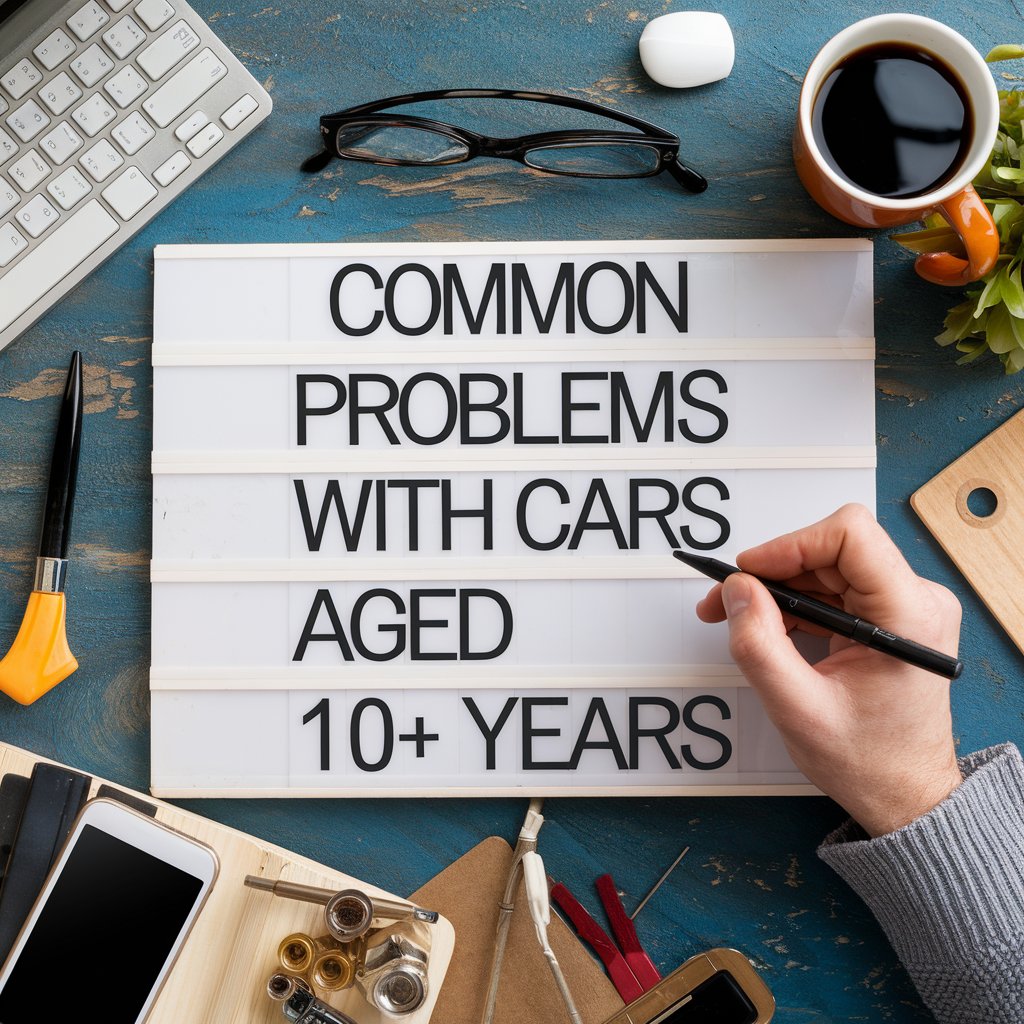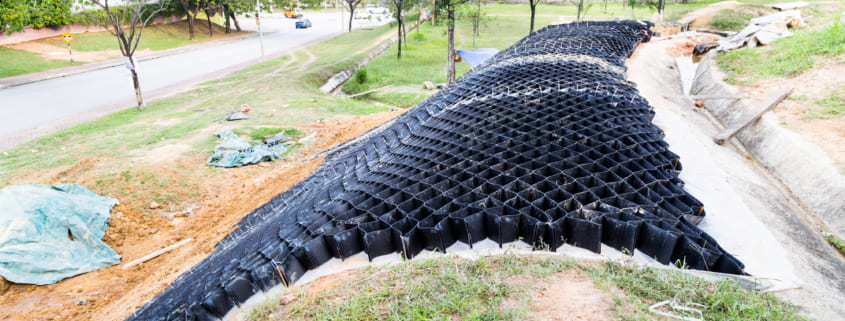For many drivers, keeping a car for over 10 years is not uncommon. However, once a car reaches this age, some mechanical issues and problems tend to occur. Being aware of these problems can help you stay on top of necessary repairs and maintenance to keep your older car running smoothly.
Rust and Corrosion
One of the most common problems in older cars in the UK is rust and corrosion. This is especially true for cars that are driven in cold, wet, and salty winter conditions which speed up rust and corrosion. Key areas to inspect and treat for rust include the undercarriage, wheel arches, sills, and underside of doors. Preventing and treating rust is essential to stop it from spreading and compromising structural integrity. Regular washing, prompt treatment of paint chips and scratches, and rust-proofing treatments can help minimise rust.
Worn Suspension and Steering Components
Another common problem area is worn steering and suspension components like ball joints, control arm bushings, shocks and struts. These wear out over time and can lead to steering wander, uneven tyre wear, and compromised handling and braking. Have a mechanic inspect the condition of shocks, struts, tie rods, ball joints, bushings, and mounts, and replace any worn parts. Proper wheel alignment is also key to preventing uneven tyre wear resulting from worn suspension.
Engine Problems
Internal engine components wear out over time in high-mileage older cars. Common engine issues include worn seals and gaskets leading to oil leaks, dirty or clogged fuel injectors and filters, failing sensors, and degrading belts and hoses. Diagnose any new engine noises, leaks, or performance issues promptly to avoid further damage. Replace fluids, filters, belts, gaskets, sensors, and other engine components based on recommended intervals.
Braking System Issues
The braking system contains components like brake pads, rotors, callipers and brake lines that wear out over time. Symptoms of brake problems include squeaking, pulsation or vibration when braking, pulling to one side, low brake pedal, or leaking brake fluid. Inspect the brake pads and rotors regularly and replace them if they are worn. Flush old brake fluid and replace worn brake lines. Keeping up with brake maintenance is essential for safe driving.
Climate Control Problems
Failing climate control systems containing components like the heater core, blower motor, actuators, compressor and condenser is common in older cars. Symptoms include no airflow, intermittent functioning, strange smells, or leakage. Have the AC system inspected for leaks and recharged with refrigerant as needed. Replace the cabin air filter regularly. Diagnose and repair any faulty climate control components.
Is It Time to Buy a Newer Car?
If your current car is over 10 years old, has over 100,000 miles, and is requiring frequent repairs, it may be time to consider replacing it with a newer model. As cars age, critical components like the engine, transmission, and electronics can wear out, leading to costly breakdowns and safety issues. Repair bills on an older high-mileage car often exceed the vehicle’s worth. A newer car comes with better safety features, improved fuel economy, and peace of mind from having a warranty. Weigh the cost of future repairs on your old car versus taking on a car payment. If you live in the Midlands, look at cars for sale in Nottingham, Derby, or Mansfield.
Pay attention to any new noises, leaks, or changes in driving dynamics, and have your trusted mechanic inspect any issues as soon as they arise. Investing in preventative maintenance pays off in the long run.






